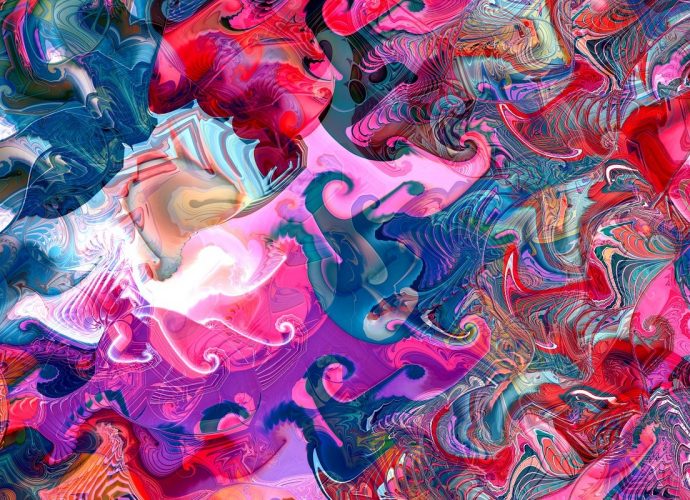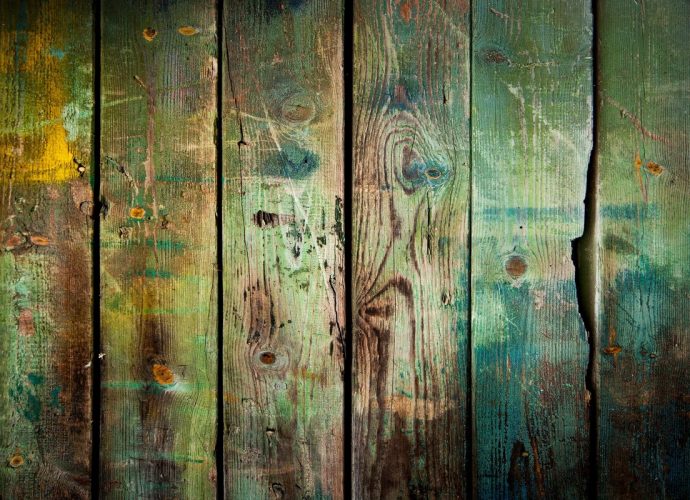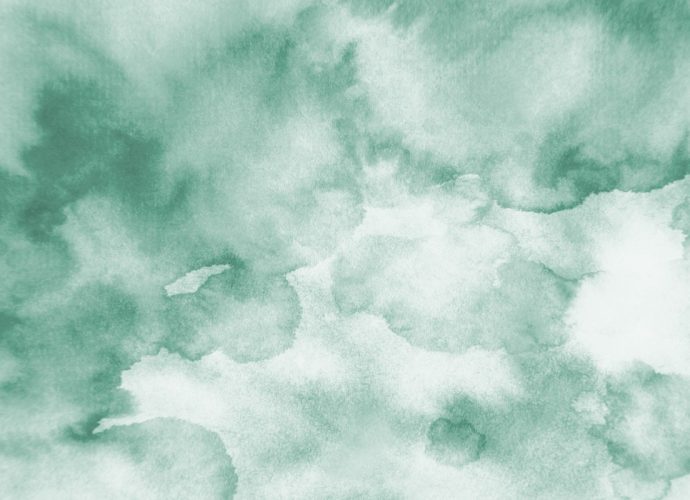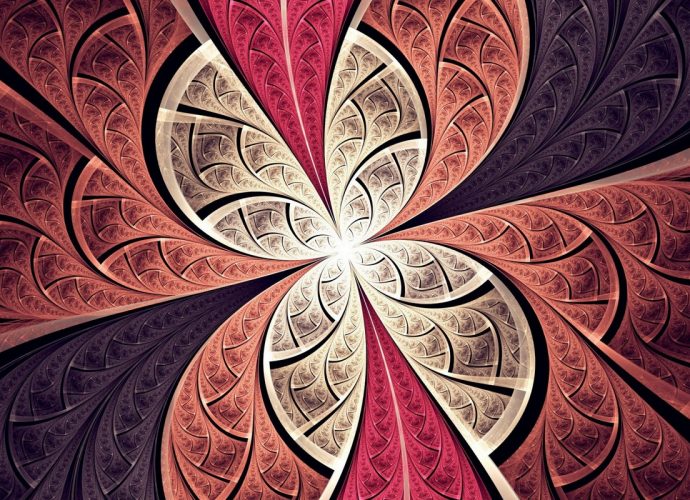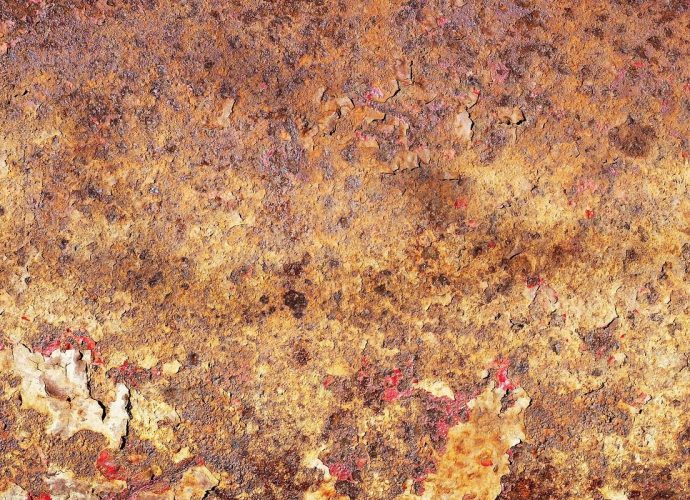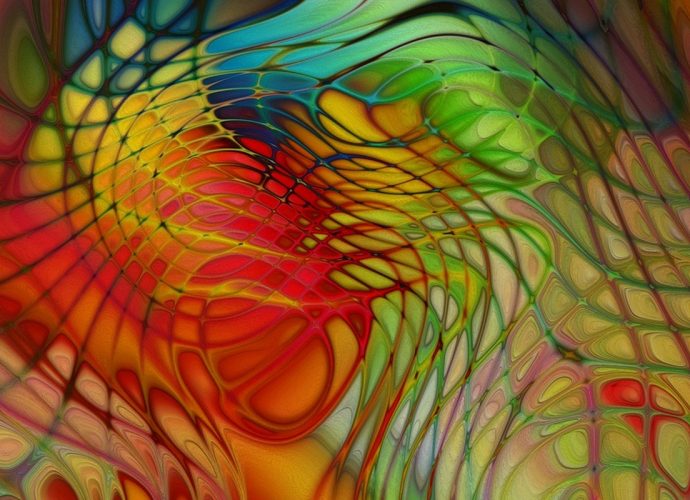Do Udon Noodles Have To Be Boiled?
Dried udon are most often sold in cellophane-wrapped 8-ounce packages and cook as you would any kind of pasta — in plenty of rapidly simmering water. It’s best to follow package directions. They take about 5 to 7 minutes to cook to an al dente texture. Can you eat udonRead More →
